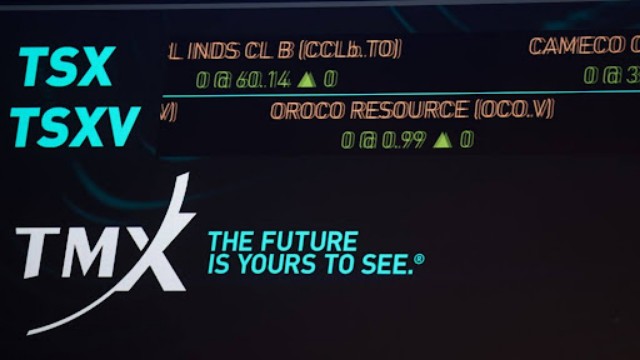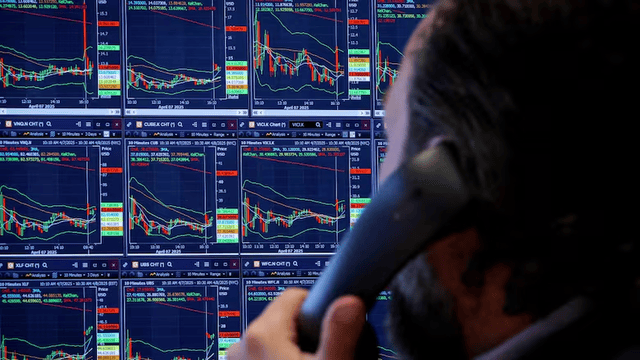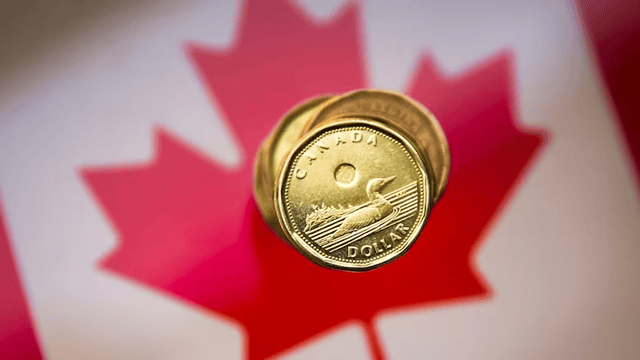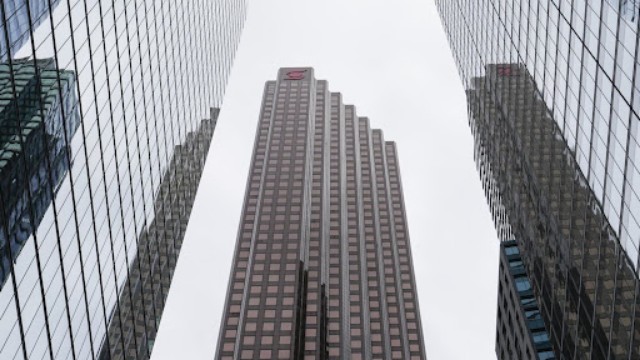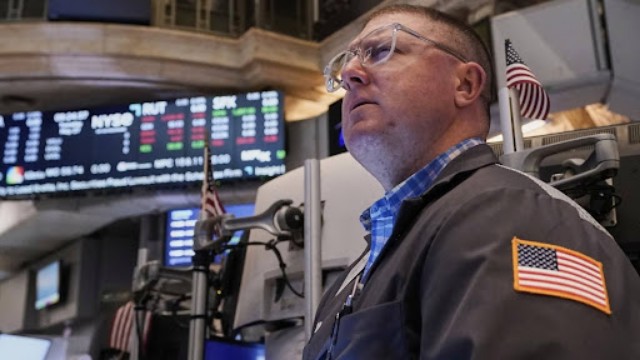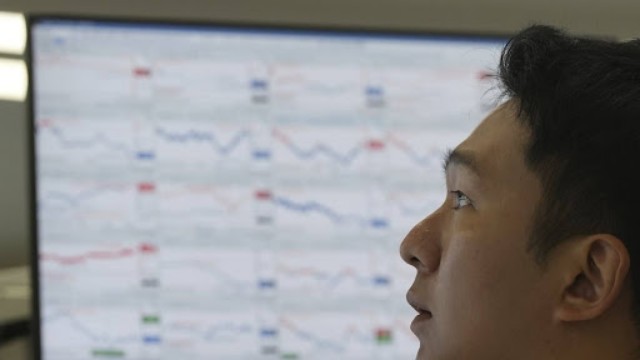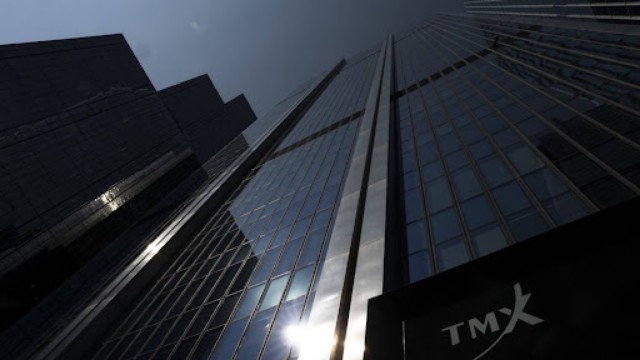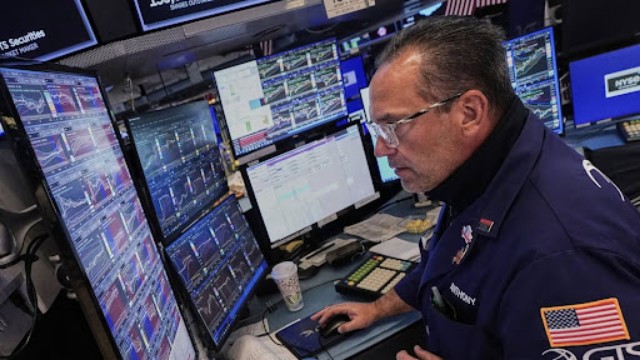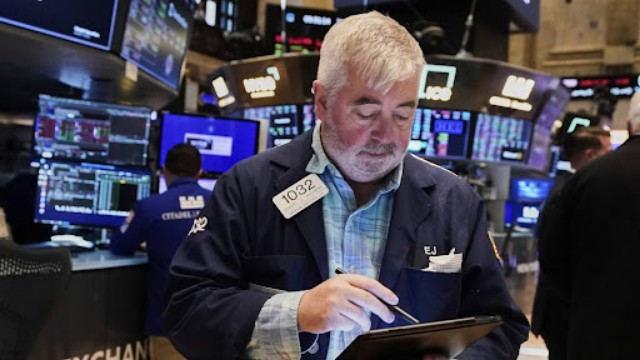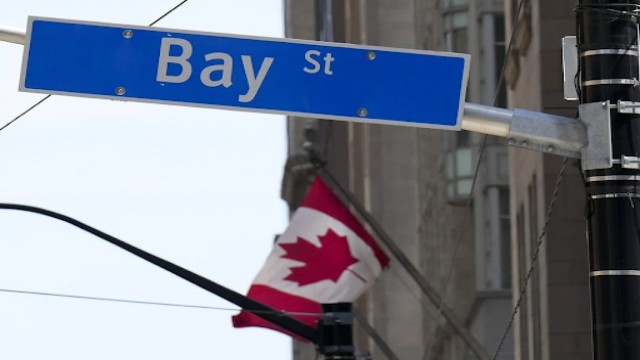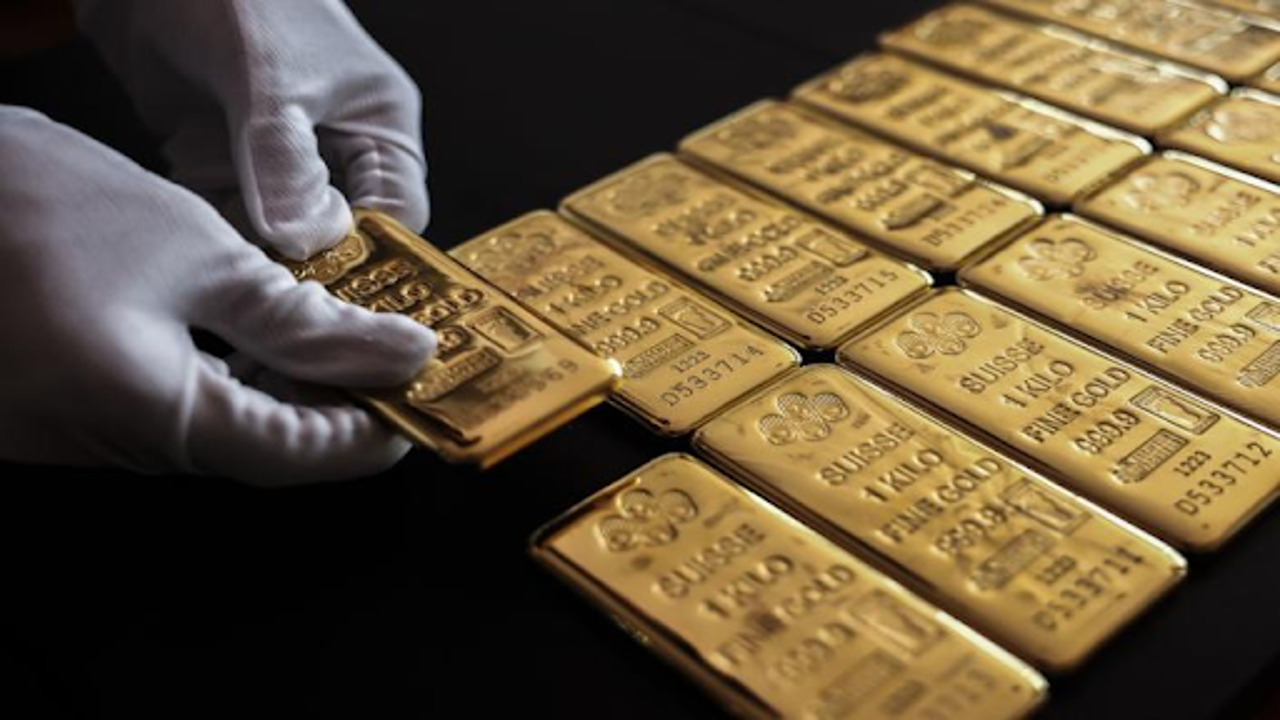
Gold Prices Approach Record Levels as U.S. Economic Data Boost Chances for Further Rate Cuts
Gold prices remain close to their all-time high after a surge earlier this week, driven by weak US economic data, which has increased the likelihood of deeper interest rate cuts by the Federal Reserve. On Wednesday, gold reached a record high of $2,670.57 per ounce before slightly dropping back. This recent surge followed a significant dip in US consumer confidence in September, marking the largest decline in three years.
The drop in consumer confidence has led to a stronger belief among investors and traders that the Federal Reserve may implement more than three-quarters of a percentage point in interest rate cuts by the end of the year. Lower interest rates tend to favour investments in gold and silver since these metals do not generate interest, making them more appealing in such economic conditions. A weaker US dollar also makes gold and silver cheaper for international buyers, further supporting demand.
So far in 2024, gold has seen an impressive 29% rise in value, while silver has increased by 34%. These gains have accelerated in the wake of a half-point interest rate cut by the Federal Reserve last week, providing a significant boost to the precious metals market. Gold’s surge has also been fuelled by strong buying activity from central banks around the world and ongoing geopolitical tensions, which are increasing the demand for safe-haven assets like gold.
Adding to the uncertainties, the upcoming US presidential election, which is expected to have a substantial impact on financial markets, is just six weeks away. Investors are keeping a close eye on the election, as the outcome could further drive market volatility and influence monetary policy decisions.
While gold and silver often move together due to their similar roles as hedges against economic uncertainty and currency devaluation, silver is also tied to industrial demand. The metal plays a key role in various industries, especially in clean energy technologies such as solar panels, making it more sensitive to changes in the global economy.
In addition to the US data, silver prices have also been influenced by China’s recent efforts to revive its economy. On Tuesday, Beijing introduced a range of stimulus measures, particularly targeting the struggling real estate market. This has helped lift industrial metals, including silver, which gained 4.6% on Tuesday before retreating by 0.8% to $31.85 per ounce on Wednesday.
Zhong Liang Han, an analyst at Standard Chartered Plc, highlighted that silver’s recent gains were primarily driven by gold’s rally, especially after the weak US consumer confidence report. However, China’s stimulus package provided an additional boost to industrial metals, contributing to the upward momentum in silver prices.
Joni Teves, a precious metals strategist at UBS Group AG, echoed this sentiment, stating that silver’s recent rally is partly a result of the strong performance in industrial commodities. Teves expects silver to continue performing well, benefiting from rising gold prices, anticipated Fed rate cuts, and supply deficits in the silver market.
Looking ahead, investors are eagerly awaiting more US economic data, including personal consumption expenditures and jobless claims, expected later this week. These reports may provide further insights into the Federal Reserve’s next steps regarding interest rate cuts.


